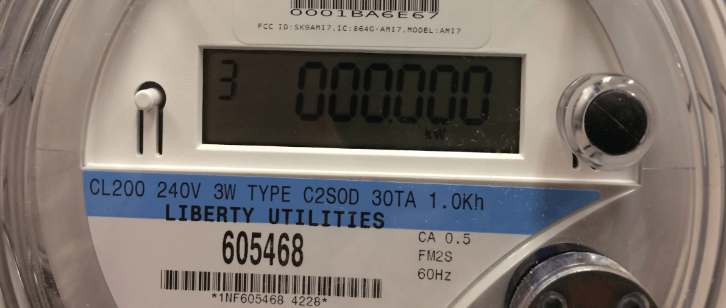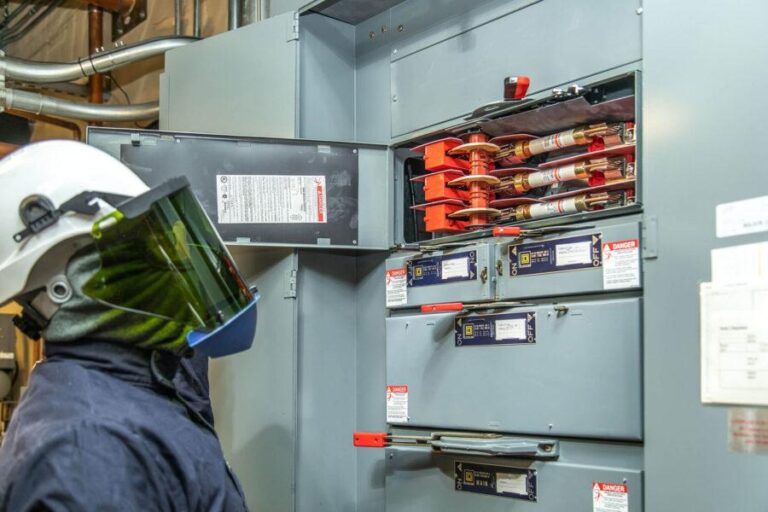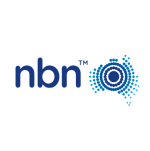Electricity meters play an essential role in measuring the electricity usage of homes and businesses. Understanding the different types of meters can help consumers make informed decisions about their energy usage, billing, and savings. In Australia, there are three main types of electricity meters commonly used: basic meters, interval meters, and smart meters. Each of these meters operates differently and offers unique advantages for both consumers and energy providers.
Basic Meter
The basic electricity meter, also known as a flat-rate or accumulation meter, is the simplest type of meter. It records the total amount of electricity used over a billing period, typically every quarter. This meter does not measure electricity use in real-time or by time of day but provides a cumulative total. An energy retailer will typically send a meter reader to physically inspect and record the meter readings to determine your energy consumption.
With basic meters, customers are often on a flat rate or standard energy tariff, where the price per kilowatt-hour (kWh) remains the same regardless of the time of day. While this meter type is straightforward and widely used, it does not offer the ability to monitor energy use in detail. This can make it harder for customers to identify when their electricity usage is at its peak or when they might be able to save by using energy during off-peak hours.
Interval Meter
An interval meter records electricity consumption in 30-minute intervals. Unlike basic meters, this type of meter provides detailed information about when electricity is being used throughout the day. Interval meters make it possible for energy providers to offer time-of-use tariffs, which charge different rates depending on whether the electricity is being used during peak, off-peak, or shoulder periods.
Because these meters capture usage at more frequent intervals, they offer greater transparency to customers regarding their energy consumption patterns. Many consumers find this information useful in managing their electricity use more efficiently, potentially leading to cost savings. Energy providers, on the other hand, use this data to better understand grid demand, which can help improve energy management and reduce peak load issues.
However, interval meters still rely on manual or remote reading, and consumers may not have access to the real-time data themselves unless it’s provided by their retailer.
Smart Meter
A smart meter is the latest advancement in electricity meter technology. These meters offer real-time tracking of electricity usage and automatically send data to the energy provider, eliminating the need for manual readings. In Australia, smart meters are becoming increasingly common as part of the national smart grid initiative, helping to modernise the energy infrastructure.
Smart meters provide a range of benefits to both consumers and energy providers. For customers, they offer instant access to detailed energy consumption data, often through an online portal or mobile app, allowing for better management of electricity use. Consumers can identify peak usage times, adjust their habits accordingly, and potentially reduce their energy bills.
For energy providers, smart meters enable better demand management and faster response times in the event of power outages. They can also provide more accurate billing, as readings are taken automatically and remotely, reducing the chance of errors or estimated bills. In some cases, smart meters also enable the integration of renewable energy sources, such as solar panels, into the grid more seamlessly.
In conclusion, each type of electricity meter offers unique capabilities, ranging from the simplicity of basic meters to the advanced features of smart meters. Whether you’re looking to reduce energy costs or monitor your electricity usage more closely, understanding how these meters work can help you make the best decision for your home or business.

















